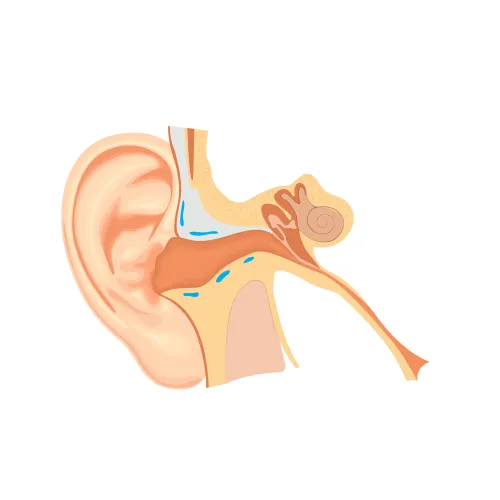Pediatric Coding Alert
Practice Management:
Maximize All Services Rendered, Increase Your Bottom Line (Part 1)
Published on Tue Oct 11, 2022

You’ve reached your limit of free articles. Already a subscriber? Log in.
Not a subscriber? Subscribe today to continue reading this article. Plus, you’ll get:
- Simple explanations of current healthcare regulations and payer programs
- Real-world reporting scenarios solved by our expert coders
- Industry news, such as MAC and RAC activities, the OIG Work Plan, and CERT reports
- Instant access to every article ever published in Revenue Cycle Insider
- 6 annual AAPC-approved CEUs
- The latest updates for CPT®, ICD-10-CM, HCPCS Level II, NCCI edits, modifiers, compliance, technology, practice management, and more
Related Articles
Other Articles in this issue of
Pediatric Coding Alert
- News You Can Use:
Familiarize Yourself with These CDC Updates to Flu Vaccinations
And reference the clip-and-save chart for quick coding. It’s flu season again, which means your [...] - Condition Spotlight:
Determine the Details to Correctly Code Conjunctivitis
Understand when to report from the B30.- versus the H10.- group. School is well underway, [...] - Practice Management:
Maximize All Services Rendered, Increase Your Bottom Line (Part 1)
And learn how to overcome payment challenges. Periodically assessing how the practice is doing can [...] - You Be the Coder:
Recognize Whether This Visit Calls for Modifier 25
Question: Our pediatrician saw an existing 7-week-old patient for a routine checkup with immunizations. During [...] - Reader Questions:
Understand What Codes to Add for Lesion Removal
Question: I billed 17003 along with 99213. I added the 25 modifier to the 99213 [...] - Reader Questions:
Rely on This Rule for Respiratory System Coding
Question: I’m constantly coding respiratory system conditions incorrectly, and I can’t understand why. The code [...] - Reader Questions:
Know the New Monkeypox Codes
Question: Are there monkeypox vaccine codes for children? We haven’t seen any monkeypox at our [...]
View All




